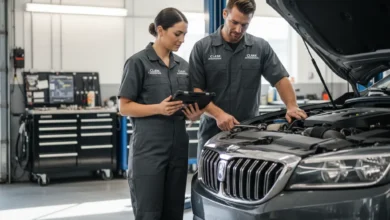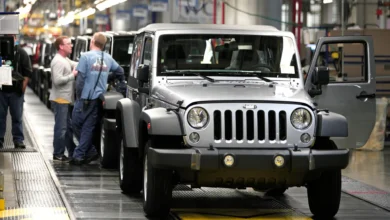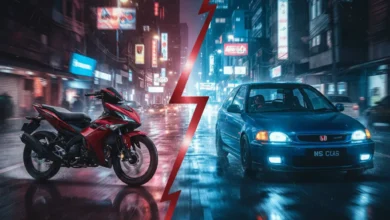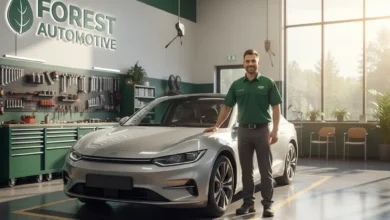DC Automotive: The Power Behind Modern Cars and EVs
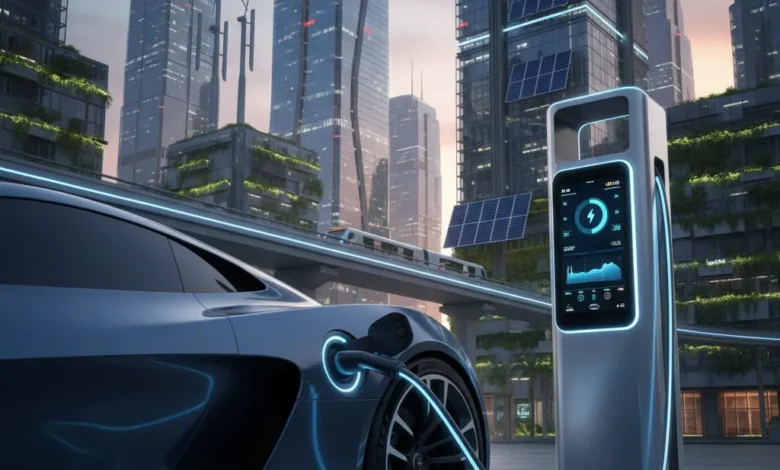
If you’ve been hearing the term DC automotive and wondered what it really means, you’re not alone. Many drivers, mechanics, and even business owners are trying to get a handle on how it connects to modern vehicles, power systems, and the auto industry. To make things clear, let’s walk through it in a straight forward just like you’d ask a trusted expert over the phone.
Table of contents
- What is DC Automotive?
- How Does DC Automotive Work in a Vehicle?
- Why is DC Automotive Important Today?
- How Has DC Automotive Evolved Over Time?
- What Role Does DC Automotive Play in Electric Vehicles?
- Is DC Automotive Safe and Reliable?
- Why Do Some People Confuse DC and AC in Cars?
- How Does DC Automotive Support Sustainability?
- What Challenges Face DC Automotive?
- How Does DC Automotive Affect the Average Driver?
- What’s the Future of DC Automotive?
- Conclusion
- FAQs
What is DC Automotive?
DC automotive refers to the role of direct current (DC) in the automotive world. Unlike alternating current (AC), which changes direction, DC flows steadily in one direction. Cars have relied on DC electricity for decades think of your car battery, starter motor, and onboard electronics.
In simple terms, DC is the backbone of your car’s electrical system. Without it, your ignition, lighting, infotainment, and now even electric powertrains wouldn’t function.
How Does DC Automotive Work in a Vehicle?
Every modern vehicle is essentially an electrical hub. Here’s how DC fits in:
- The Battery: Stores energy as DC and supplies it to start the engine and power electronics.
- The Alternator: Generates AC but converts it to DC before storing it in the battery.
- Motors and Controllers: In electric vehicles, DC is stored in the battery, while inverters may convert it to AC for certain motor designs.
So, whether you’re in a gasoline-powered sedan or a fully electric SUV, DC remains a critical player.
Why is DC Automotive Important Today?
The automotive industry is in the middle of a transformation. Electric and hybrid vehicles depend heavily on DC systems. Lithium-ion batteries store DC energy, which powers drivetrains, climate control, and advanced safety systems.
Even charging infrastructure revolves around this concept. Fast chargers, known as DC fast chargers, deliver power directly in DC form bypassing the slower onboard AC-to-DC conversion. That’s why EVs can get an 80% charge in under an hour with the right setup.
How Has DC Automotive Evolved Over Time?
Traditionally, cars ran on 12-volt DC systems. This was enough to handle headlights, ignition, and a radio. But as vehicles packed in more features heated seats, advanced navigation, power-hungry infotainment the demand for electricity grew.
Now, we’re seeing higher-voltage DC systems (48V and beyond) in modern cars. These support everything from stop-start systems to mild-hybrid functions, improving efficiency while keeping vehicles safe and reliable.
What Role Does DC Automotive Play in Electric Vehicles?
In EVs, DC is the foundation. The battery stores energy in DC form, which is either used directly or converted depending on the motor type. Charging stations play a big part too:
- AC Chargers: Slower, since the car must convert AC to DC internally.
- DC Fast Chargers: Faster, since they supply DC directly to the battery.
This setup makes DC automotive not just important, but absolutely central to the EV revolution.
Is DC Automotive Safe and Reliable?
Yes, but with precautions. DC systems can carry a lot of power, and higher voltages in modern cars require careful design. Automakers build in insulation, safety cutoffs, and smart battery management systems. For everyday drivers, you rarely interact with these risks maintenance professionals handle them during servicing.
Why Do Some People Confuse DC and AC in Cars?
Because both exist in today’s vehicles. Your alternator produces AC power, but the car converts it to DC because batteries and most components run on DC. In electric vehicles, inverters may turn DC into AC for certain motors. This duality creates confusion, but the truth is simple: DC automotive remains the primary power format inside the car.
How Does DC Automotive Support Sustainability?
Sustainability is one of the biggest reasons DC systems matter. DC power storage in batteries allows renewable energy integration. For example, solar panels produce DC, which can be stored directly in EV batteries or home storage systems. This compatibility reduces energy loss and improves efficiency—key factors for greener transportation.
What Challenges Face DC Automotive?
No system is perfect. DC automotive faces a few hurdles:
- Heat Management: High-power DC systems generate significant heat.
- Safety Concerns: Higher voltages increase the risk if not handled properly.
- Infrastructure Gaps: Not all areas have enough DC fast chargers.
- Cost: Advanced batteries and high-voltage systems raise vehicle prices.
Yet, engineers are tackling these challenges with new cooling systems, advanced materials, and wider charging networks.
How Does DC Automotive Affect the Average Driver?
For most people, it’s invisible. You start your car, turn on the lights, charge your phone, and drive—without realizing DC is powering it all. In EVs, the effect is clearer: the type of charging you use (AC vs. DC) directly affects how quickly you’re back on the road.
What’s the Future of DC Automotive?
The future points to higher-voltage DC systems becoming mainstream. Expect 800V platforms in EVs, which enable ultra-fast charging and lighter wiring. This trend will cut charging times, reduce energy losses, and support more powerful vehicle functions.
Automakers are also exploring bidirectional charging, where your car can send DC power back to your home or the grid. Imagine using your EV as a backup generator during an outage—that’s DC automotive expanding its role beyond the car itself.
Conclusion
Whether you’re driving a traditional car or considering an electric one, DC automotive touches your daily life more than you realize. It powers the essentials, shapes how fast you can recharge, and even links your car to the clean-energy future. Understanding it isn’t about technical jargon it’s about knowing why your car works the way it does and where the industry is heading.
The bottom line? DC automotive is no longer just a hidden system under the hood. It’s a driving force behind the next generation of mobility.
FAQs
Q1: What exactly does DC automotive mean in simple terms?
It refers to the use of direct current (DC) in cars, from powering batteries to running electronics and charging systems.
Q2: Is DC automotive only for electric cars?
No. While it’s crucial for EVs, every car gas, hybrid, or electric relies on DC for its electrical systems.
Q3: Why is DC charging faster for electric vehicles?
Because DC chargers supply direct current straight to the battery, skipping the slower AC-to-DC conversion inside the car.
Q4: Can DC automotive systems be dangerous?
Not for the average driver. They’re designed with safety layers, but high-voltage DC does require expert handling during maintenance.
Q5: Will DC automotive make cars more expensive?
Initially, yes, due to advanced batteries and systems. But over time, economies of scale and better tech should bring costs down.

